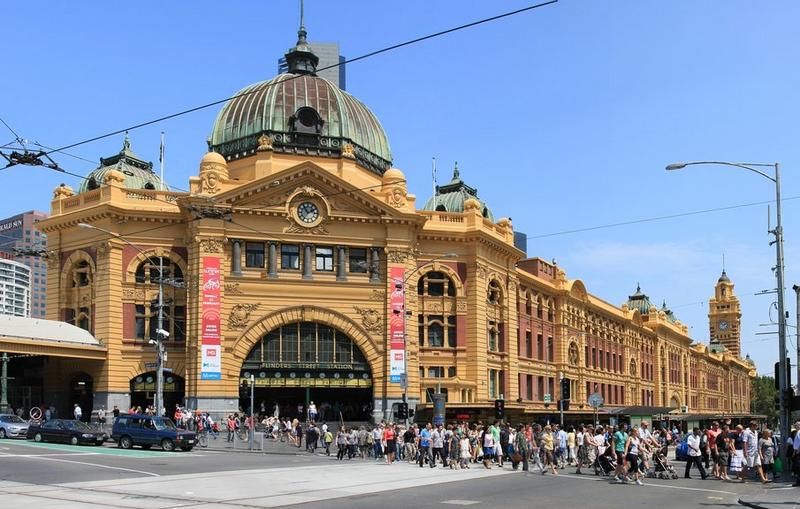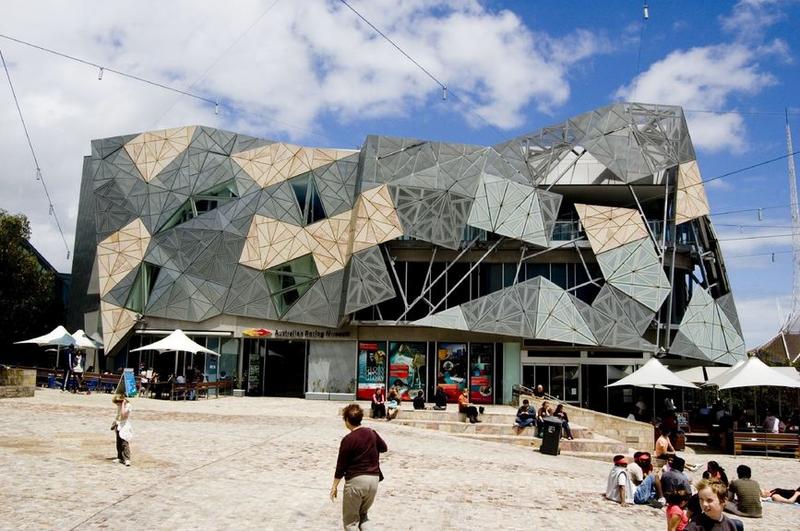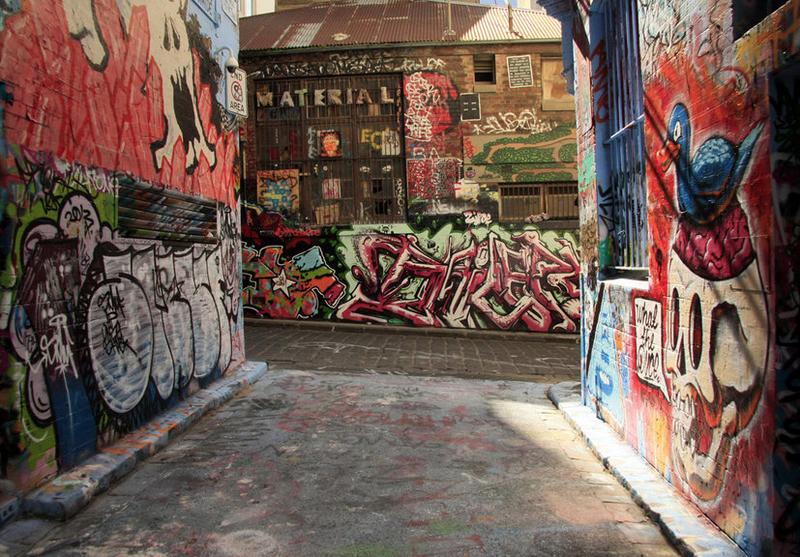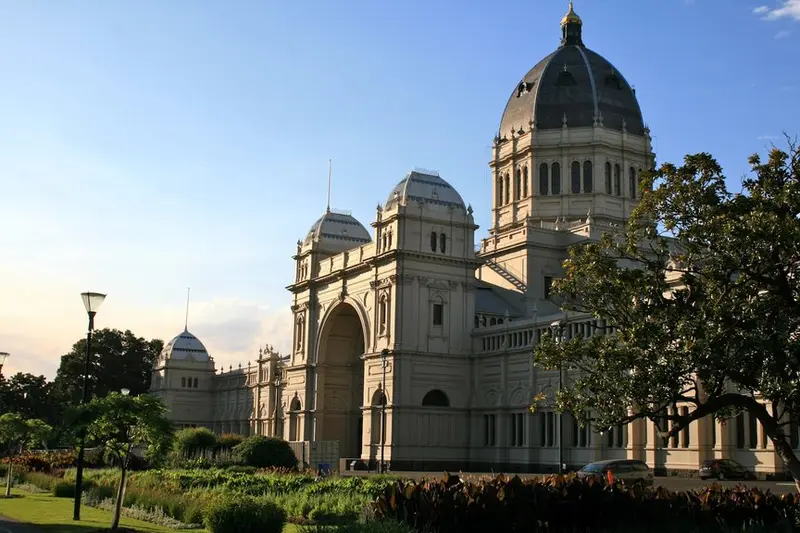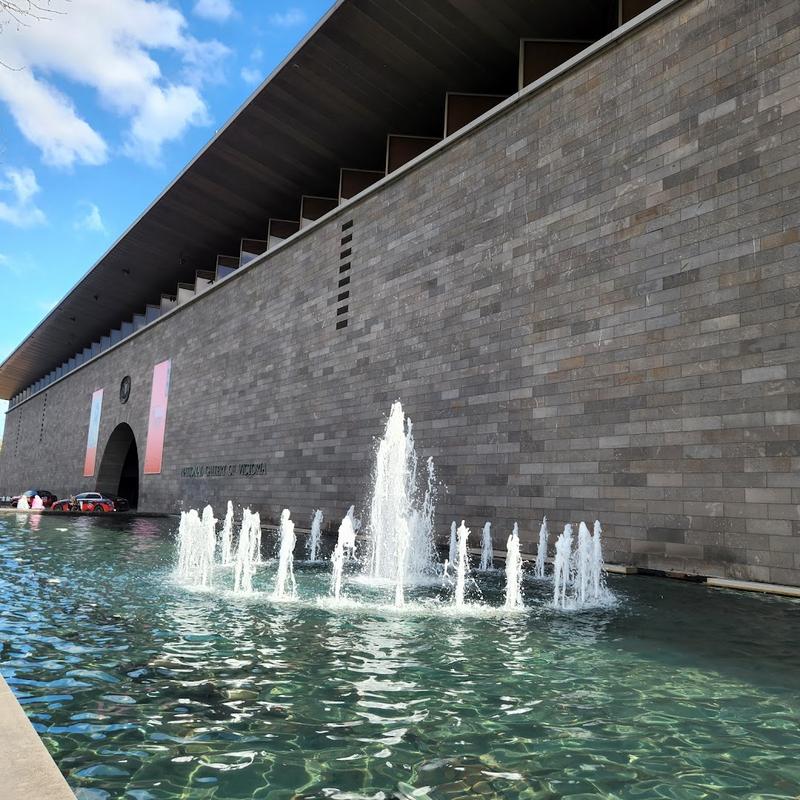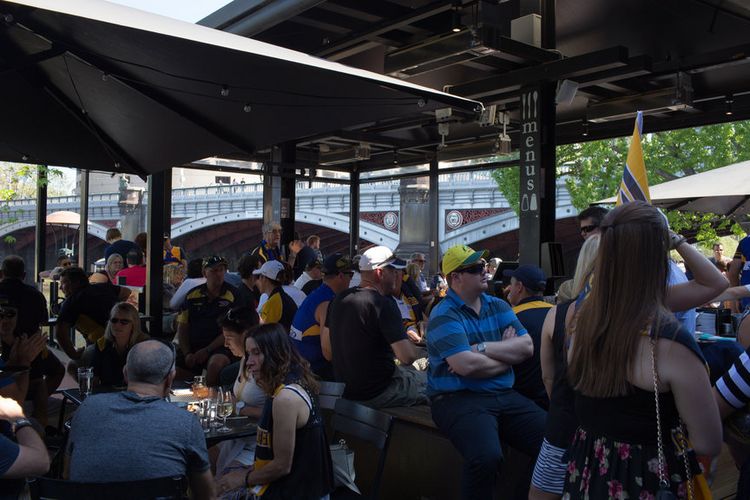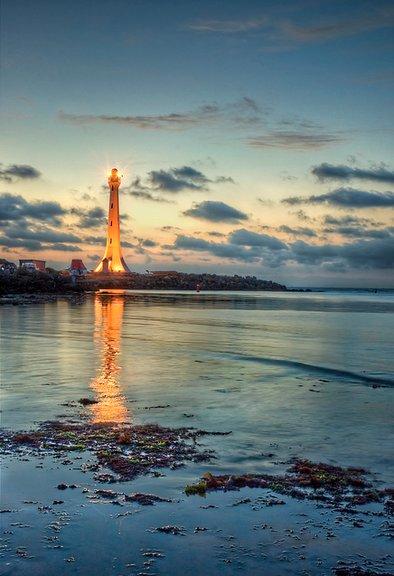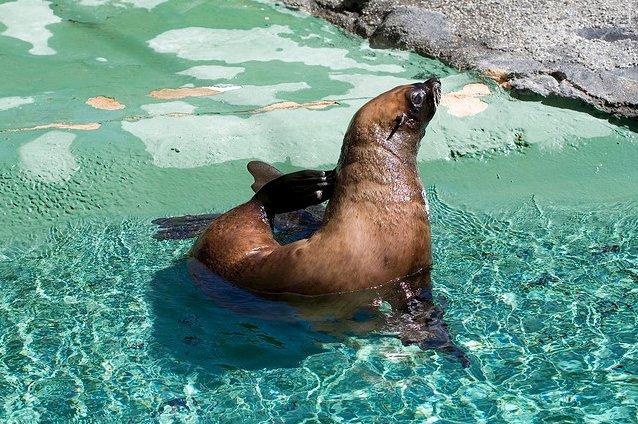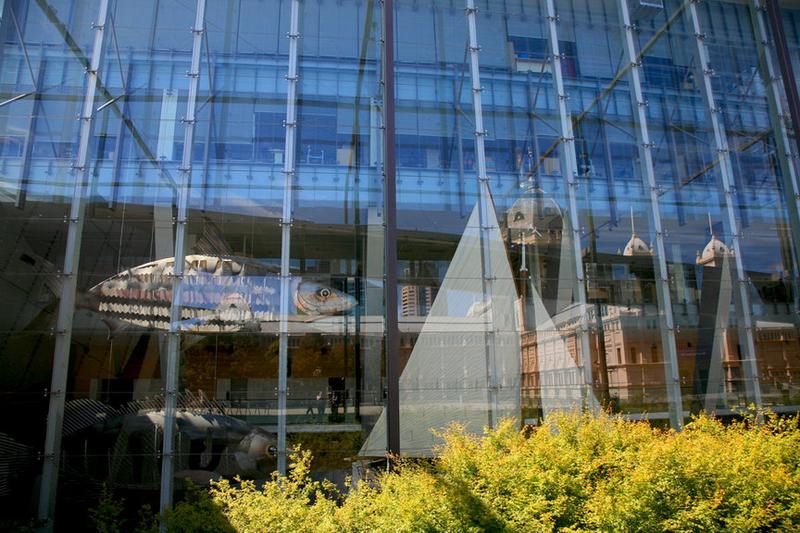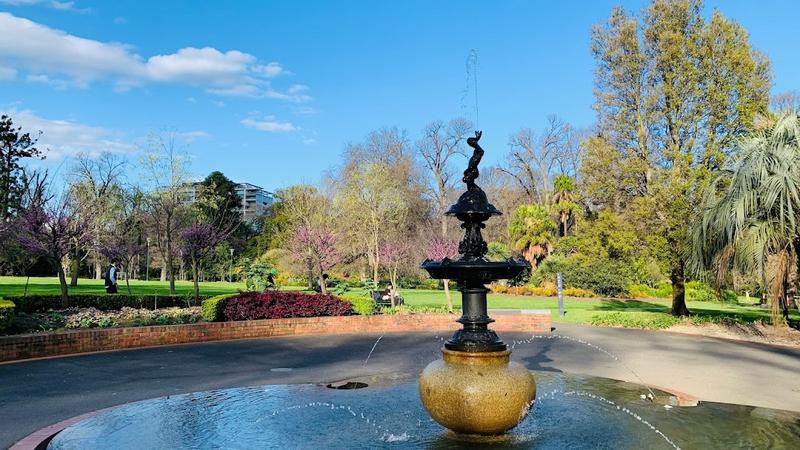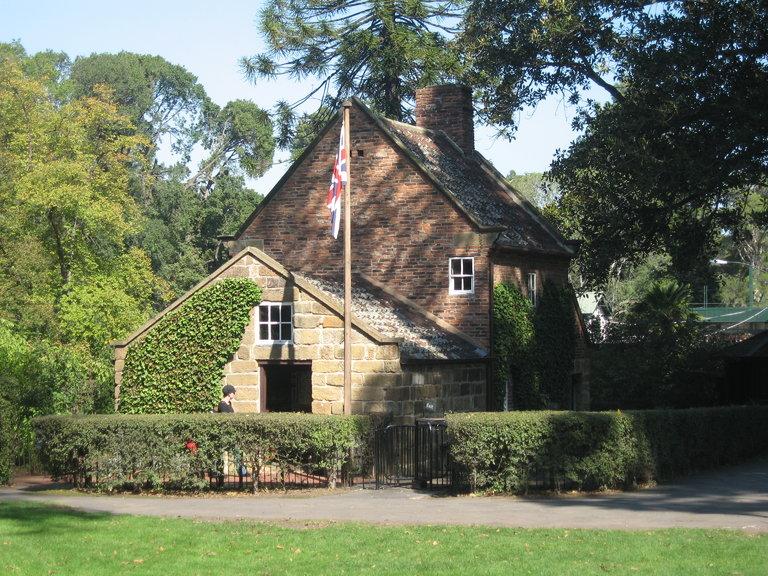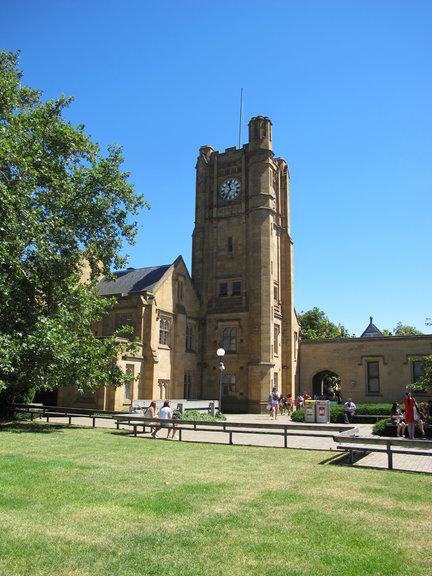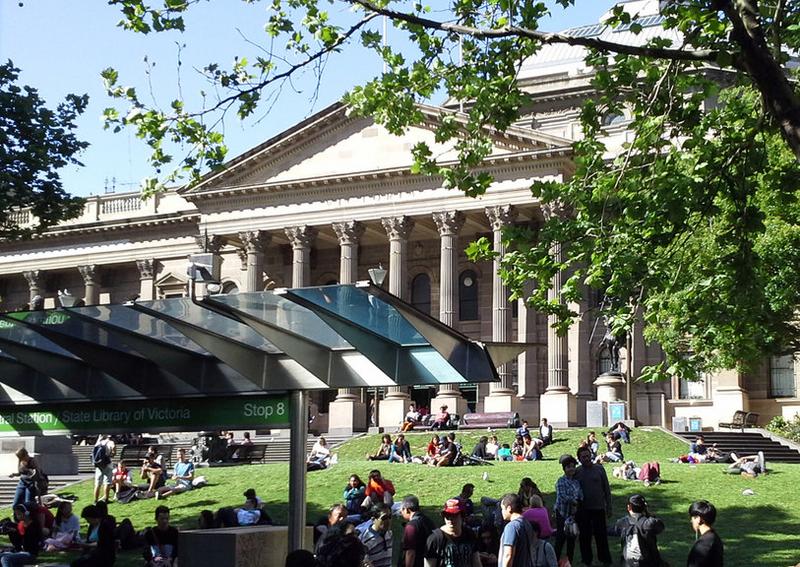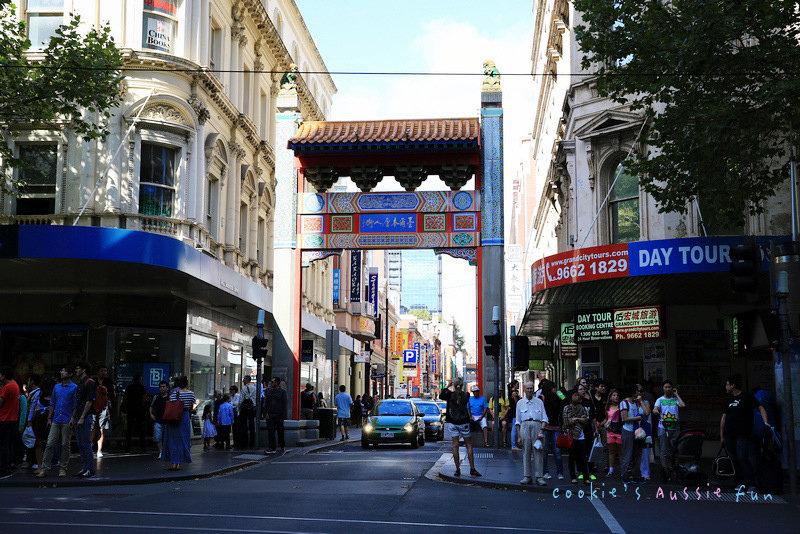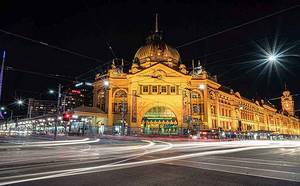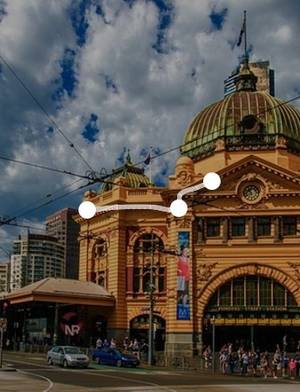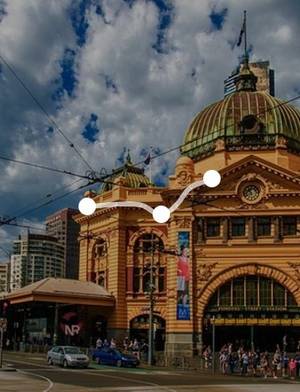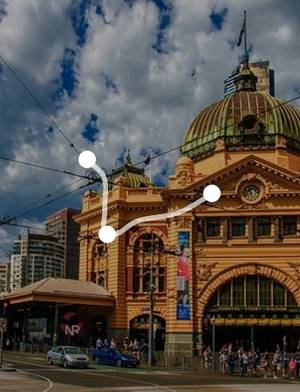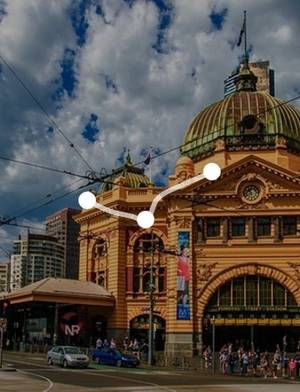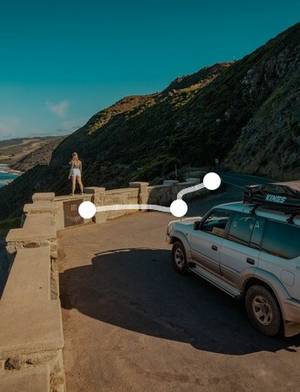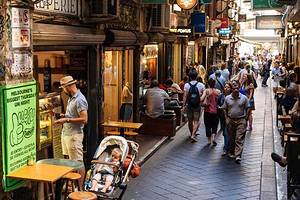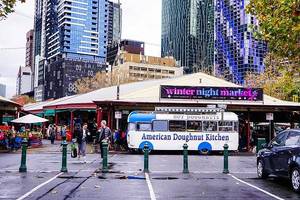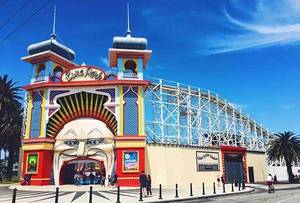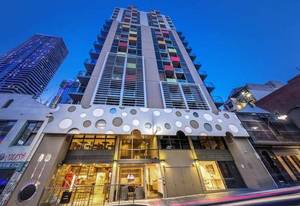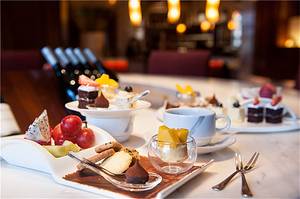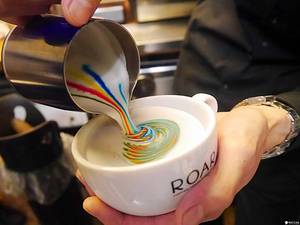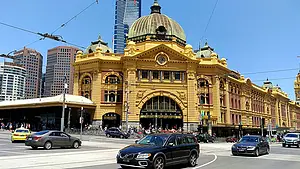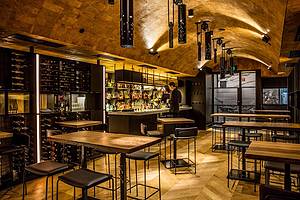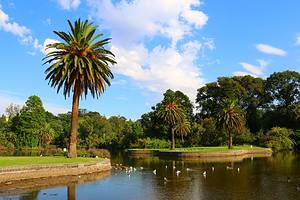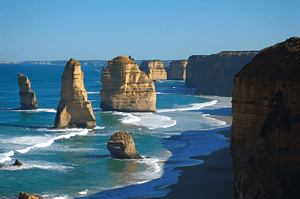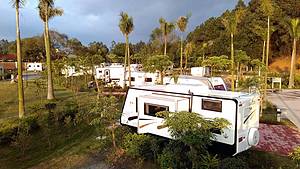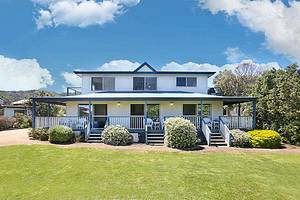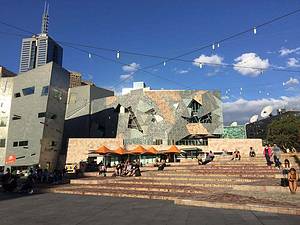Melbourne 3 Day Travel Guide
1 cities |
16 attraction(s) |
total distance 32
km
 TIPS
TIPS
Day1
Day2
Day3
Day1: Melbourne
6 attraction(s) ·
4 km
1
Flinders Street Station is one of Melbourne's largest and busiest train stations, as well as one of the buildings left behind from the Victorian era. As the first railway station in Melbourne, it serves as the central station for local railway lines. Its grand architectural style is very attractive and easily recognizable. Located in the city center, the station's unique location facing Federation Square and St. Paul's Church has become one of Melbourne's most important cultural centers. The entire station is built with yellow stone, and the bronze dome is one of its greatest features. When night falls, the station is illuminated by dim yellow lights and looks especially beautiful. As far as the eye can see, the magnificent buildings give people a peaceful and beautiful feeling. Melbourne residents often meet under the station's clock, which has become an important part of their lives. To experience the charm of Flinders Street Station, it is recommended to visit at night when you will surely be amazed by its unique classical beauty.
1
km
2
Fed Square is located in the center of Melbourne, Australia. It covers an area of 3.2 hectares and is adjacent to the Yarra River. The unique architectural style exudes the charm of Australian Aboriginal culture. The square is a holy place for people to gather, and the tourist center is a focus. Various celebratory events are held here every year, including New Year's countdowns and live sports broadcasts. The history of the square can be traced back to the 1960s. After a large-scale reconstruction, it was put into use in 2002 as a mixed-use multi-functional place with 16 cafes, bars and restaurants, various shops, and tourist service centers. There are many attractions around the square, such as the Ian Potter Center, the Australian Centre for the Moving Image, the National Gallery of Victoria Children's Play area, and the Australian Commercial Art galleries Association, etc. Tourists can spend unforgettable time here. The Melbourne Visitor Center provides thoughtful services for tourists to understand tourism information in Melbourne and Victoria. Fed Square is a vibrant and culturally rich place that is worth visiting.
1
km
3
The English name for graffiti art, "graffiti," comes from Greek slang and represents the grassroots and original nature of this art form. Early graffiti primarily appeared in public places such as walls, subways, etc., with cultural connotations such as youth, rebellion, and non-mainstream, reflecting the voice of African Americans. It has certain associations with the pop art that emerged in the 1960s, but there are also significant differences: Pop artists generally have received professional painting training, while graffiti artists are mostly from poor backgrounds. It wasn't until 1973 that graffiti art first received official exhibition and artistic recognition. Victoria, Australia's Melbourne has strict anti-graffiti laws, which means that young graffiti artists like to create in alleyways. Adrian Doyle is the founder of graffiti art in the area and a successful artist. Hosier Lane is a iconic street art alley in Melbourne's central business district with graffiti changing fastest. Spray painting and pasting are the main ways of graffiti, including paintings, artistic fonts, various posters, flyers, handicrafts, etc. To truly touch the territory of graffiti, you need to stand in the streets and alleys and appreciate it.
2
km
4
The Royal Exhibition Building is a Victorian-era building constructed in the late 19th century for the world exposition. In 1901, it became the meeting place for the Australian Parliament. For 100 years, the Royal Exhibition Building has been used for various events. Together with the surrounding Carlton Gardens, it is listed as a World Heritage Site. The building is one of the few remaining 19th-century exhibition buildings in the world and the only one that has survived to this day.
2
km
5
Public gallery with vast, varied collection of noted Australian and international art and artefacts.
1
km
6
The Yarra River, located in the center of Melbourne, is a popular tourist and leisure destination. In the evening, you can stroll along the riverbank and enjoy the beautiful scenery of Melbourne at night. Take a rest in the restaurants and bars along the way and experience the comfort of food and drink. At the same time, the buildings on both sides of the river have different architectural styles, which bring you different visual impacts. The Yarra River is a great place to make you happy, and it is also an excellent place to taste the cultural charm of Melbourne.
Day2: Melbourne
5 attraction(s) ·
20 km
1
This market, which began in the mid-19th century, has now become the largest open-air market in Australia and even in the southern hemisphere. Here you can find everything, whether it's seafood, fresh meat, vegetables, fruits, or clothing, shoes, souvenirs, etc. If you can make it in time, you can also take advantage of the discounts on fresh fruits, vegetables, and meat before the market closes, and get them at affordable prices. The food night market on Wednesday nights is not to be missed. The night market in 2014 is from July 9th to August 26th, and every Wednesday night from November 5th to March 25th the following year, from 17:00 to 22:00. The night market not only has delicious food, but also bars, clothing, art and other goods, and there are live band performances, which are definitely worth a visit.
7
km
2
St. Kilda Beach is located at the northeast corner of Port Phillip Bay, about 6 kilometers from the city center. It is one of the most popular beaches in Melbourne, with many palm trees and white sandy beaches. St. Kilda Beach is a great place for surfing, sailing, and beach volleyball, attracting many enthusiasts to gather here.
5
km
3
36-hectare botanic garden founded in 1846, planted with Australian species and non-native gardens.
6
km
4
In Australian tourism, getting close to animals is a major highlight. You can enter the enclosures of emus and kangaroos to get closer to them; you can also watch sea lions and penguins swim gracefully underwater; if you're lucky, you can even observe polar bears up close through glass. In addition, the park's green environment has its own unique flavor, with various birds freely roaming on the lawns, including peacocks, as if they had escaped from their cages.
3
km
5
The Melbourne Museum, located in the north of Melbourne's city center, is the largest museum in the southern hemisphere and one of Melbourne's must-see attractions. The museum has a large collection of exhibits, including 17 million items, showcasing Australian history, indigenous culture, and scientific development. It is adjacent to the Royal Exhibition Building and Carlton Gardens, and comes with the world's largest IMAX cinema.
The Melbourne Museum has three major functions. Firstly, the IMAX cinema, which is the world's largest cinema format, with a screen up to eight levels high, where audiences can enjoy documentaries and the latest films, all of which can be shown in 2D or 3D. Secondly, the Bunjilaka Indigenous Cultural Centre, which is a space for Aboriginal and non-Aboriginal people to learn about the culture of the Koorie people of Victoria (south-eastern indigenous peoples), showcasing arts, artefacts, stories, and performances. Finally, there are permanent exhibitions, including the Dynamic Earth, the Evolution of Victoria over 6 million years, the Sam Kookaburra, the Wonders of Wildlife, the Dinosaur Walk, Memory and Dreams, the Insectarium, Our Seas Our Future, the Miracle and Charm of the Human Body, Smart Home Water, Another Australian Computer, Secrets of the Forest, Children's Area (How Plants, Animals, Minerals, and Humans Grow), DNA Exploration and Mechanisms, and Pharmacy, as well as an outdoor "Colonial Square."
Day3: Melbourne
5 attraction(s) ·
5 km
1
Historic 26-hectare site in city centre with model Tudor village, tree-lined walking paths & cafes.
1
km
2
During Melbourne's centenary celebration, people celebrated the discovery of Captain Cook's residence, which was built in 1755 in the county of Yorkshire, England. The house was dismantled, each piece of wood marked, and shipped to Melbourne where it was reconstructed exactly as it was. It now sits in Fitzroy Garden, one of Melbourne's five major city gardens filled with lush greenery and the scent of flowers. The garden is decorated with British flowers, vegetables, and fruits, giving it a rural English feel. Sir Russell, a famous Australian businessman, purchased the residence for 800 pounds in 1934 and gifted it to the Melbourne citizens. The home was dismantled and shipped in 253 boxes weighing a total of 150 tons from England to be reconstructed in Melbourne. Today, it is one of the most popular tourist attractions in Melbourne. The residence, which was originally the home of Captain Cook's parents, still has the names James and Grace engraved on the front door. Inside are various 18th-century British furnishings and decorations, and upstairs was the bedroom of Captain Cook's parents. Downstairs, there is a kitchen, living room, and a small bedroom where Captain Cook stayed when he was home.
3
km
3
If you are interested in Gothic architecture, why not visit the University of Melbourne? This Australian institution of higher learning, founded in 1853, is still one of the top universities in Australia. Here, you can immerse yourself in a strong academic atmosphere, as well as experience the history and culture of the university. The beautiful and peaceful campus is also a great place to take portrait photos, especially in good lighting.
2
km
4
Visiting the Victoria State Library, built in 1854, can provide a unique experience. In the La Trobe Reading Room, you can look up at the famous giant arch, feeling the influence of culture. In the Arts Reading Room, you can find a corner to quietly appreciate music. At the same time, sitting on the lawn in front of the library with locals, enjoying the sunshine, watching people come and go, is also a good way to relax. However, be careful not to let the seagulls staring at your snacks startle you.
1
km
5
Located in the center of Melbourne, Australia, Chinatown refers to an area between Swanston and Exhibition streets on Little Bourke Street, with the liveliest section between Swanston and Russell. There are numerous Chinese restaurants and shops, and the staff generally speak Mandarin and Cantonese, making it easy for tourists to shop and ask for help.
Chinatown offers a wide variety of goods, including many Australian specialties such as sheepskin and lanolin. When shopping, visitors should remember to bargain moderately. The roads in Chinatown are one-way, allowing only vehicles to travel from east to west. Pedestrians are free to walk, but should be careful of traffic. During major festivals such as the Spring Festival and Mid-Autumn Festival, Chinatown becomes a pedestrian-only street, with vehicles prohibited from entering.
